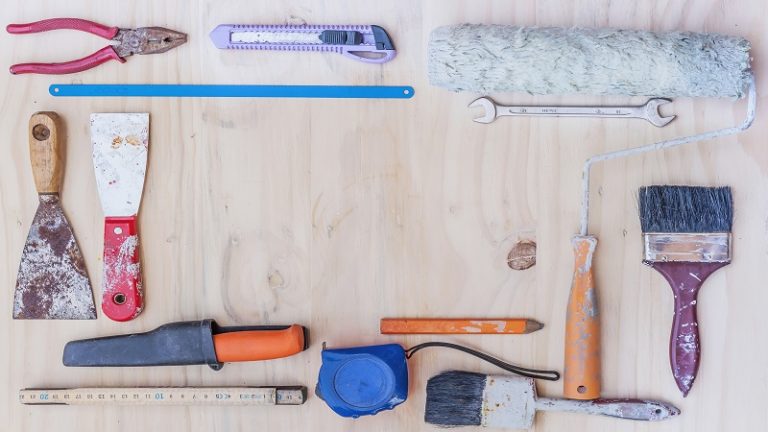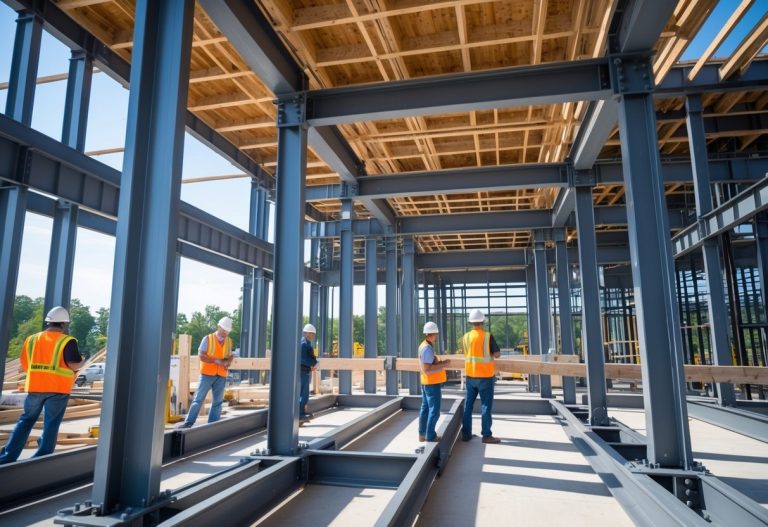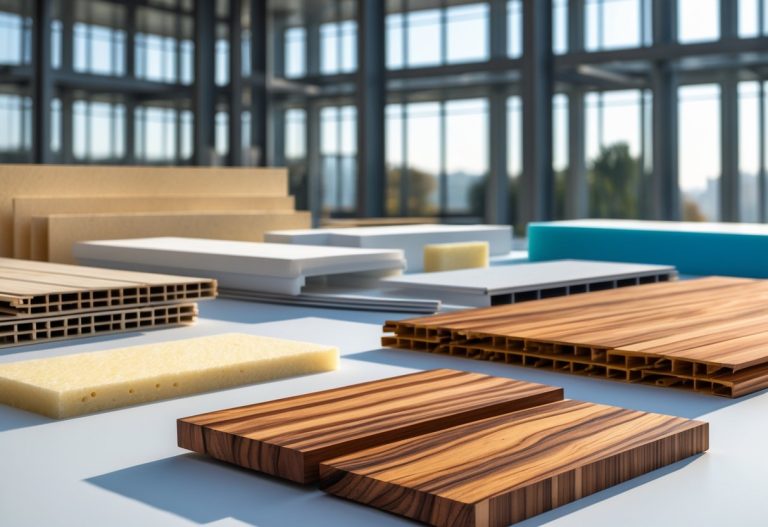When you’re working on a construction site, temporary shoring is key to keeping things safe and stable. Temporary shoring uses support systems to hold up walls, foundations, or entire structures during building, repair, or demolition. This prevents collapses or damage while work is underway, helping your project stay on track without accidents.
You’ll find many methods and wall systems for shoring, each designed to fit different needs. Understanding these options can save you time and money, and help you avoid common problems that might slow down your work. Learning how shoring works will give you control over safety and stability in your project.
Essential Methods of Temporary Shoring

Temporary shoring keeps your construction site stable and safe while you work. It offers different ways to support walls and trenches before permanent structures are in place. Each method suits specific soil types, site conditions, and project sizes.
Hydraulic Shoring Techniques
Hydraulic shoring uses hydraulic pistons or jacks to push against trench walls. This system adapts quickly to different trench sizes because you just adjust the pistons.
You usually install metal plates or panels between the pistons, which hold back the soil. This method works well in tight spaces or urban areas where fast installation is important.
Hydraulic shoring reduces the need for extra timber or steel beams. It also offers good safety since it maintains constant pressure on trench walls.
Mechanical Shoring Approaches
Mechanical shoring uses screw jacks, props, or shoring beams to hold walls in place. You attach these with wood, metal, or a mix. This method is common in smaller excavations or when you need manual control over pressure.
It’s flexible because you can place supports only where they’re needed. Mechanical shoring is useful if the soil is stable but needs some extra help to stay firm. This approach also lets you reuse parts across projects, lowering costs.
Timber Shoring Procedures
Timber shoring is one of the oldest methods and uses wooden planks and beams to support walls. It’s ideal for shallow trenches and sites where steel or hydraulic equipment isn’t available.
You place thick, vertical posts into the ground and then nail horizontal boards to them to hold the soil. Timber shoring is simple but may require more wood and labor. It works best on firm soil but is less adaptable to deep or soft ground.
Remember to check for wood damage or moisture to keep supports strong.
Choosing the Right Shoring Method
To pick the right shoring, look at your soil type, trench depth, space, and timeline.
| Factor | Hydraulic Shoring | Mechanical Shoring | Timber Shoring |
|---|---|---|---|
| Speed | Fast | Medium | Slow |
| Cost | Moderate to High | Moderate | Low |
| Soil Types Supported | Soft to medium | Medium | Firm |
| Equipment Needed | Hydraulic jacks | Screw jacks, props | Timber |
| Reusability | High | High | Low |
You want the method that fits your site with the least risk and best safety. Always consider soil movement, water presence, and how long the shoring will be in use.
Wall Systems and Common Problems in Temporary Shoring
Temporary shoring uses different wall systems to support structures during construction. These systems must handle loads properly, keep the soil stable, and stay safe throughout the project. You will also need to address maintenance to prevent accidents and delays.
Popular Temporary Shoring Wall Systems
You have several wall systems to choose from depending on your project’s needs. Soldier piles and lagging is a common option. It uses vertical steel beams (soldier piles) with wooden or concrete lagging in between. This system is good for deep excavations.
Sheet piling involves driving steel sheets into the ground. It forms a continuous wall that resists soil pressure. This is useful for tight spaces or water-prone sites.
King post walls are simpler, with vertical posts spaced and supported by horizontal beams. These work well for shallow excavations or small loads.
Each system has benefits. Your choice depends on soil type, load, space, and cost.
Load Distribution and Stability Challenges
Your shoring wall must carry heavy loads from soil and nearby structures. If load is uneven or underestimated, walls can tilt or fail.
Sometimes, walls shift because the soil pressure wasn’t fully accounted for at the bottom or sides. This can cause cracks or movement.
Anchors and tiebacks help keep walls stable by pulling them toward the soil or structure. You need to make sure anchors are deep enough to hold the soil’s passive resistance.
Always check if your wall and anchors can handle the expected load safely.
Mitigating Soil Movement and Collapse Risks
Soil can move or collapse if shoring isn’t done right. This risk increases in soft or loose soil.
You can reduce soil movement by choosing strong wall systems and using pre-loading techniques. This involves tensioning anchors early to keep soil in place.
Proper drainage is also key. Water buildup can loosen soil and cause pressure spikes. Make sure to install pumps or drains if needed.
Regular inspections during construction help catch any signs of soil instability before it becomes a problem.
Maintenance and Safety Considerations
Maintaining your temporary shoring is vital for safety. Check walls and anchors often for cracks, shifts, or loosened parts.
Make sure workers know to avoid adding extra loads or vibrations near the shoring.
If you spot problems, fix them immediately to prevent accidents.
Keep records of inspections and repairs. This helps track conditions and shows you’ve managed risks properly.
Good maintenance keeps your site safe and your project on schedule.





